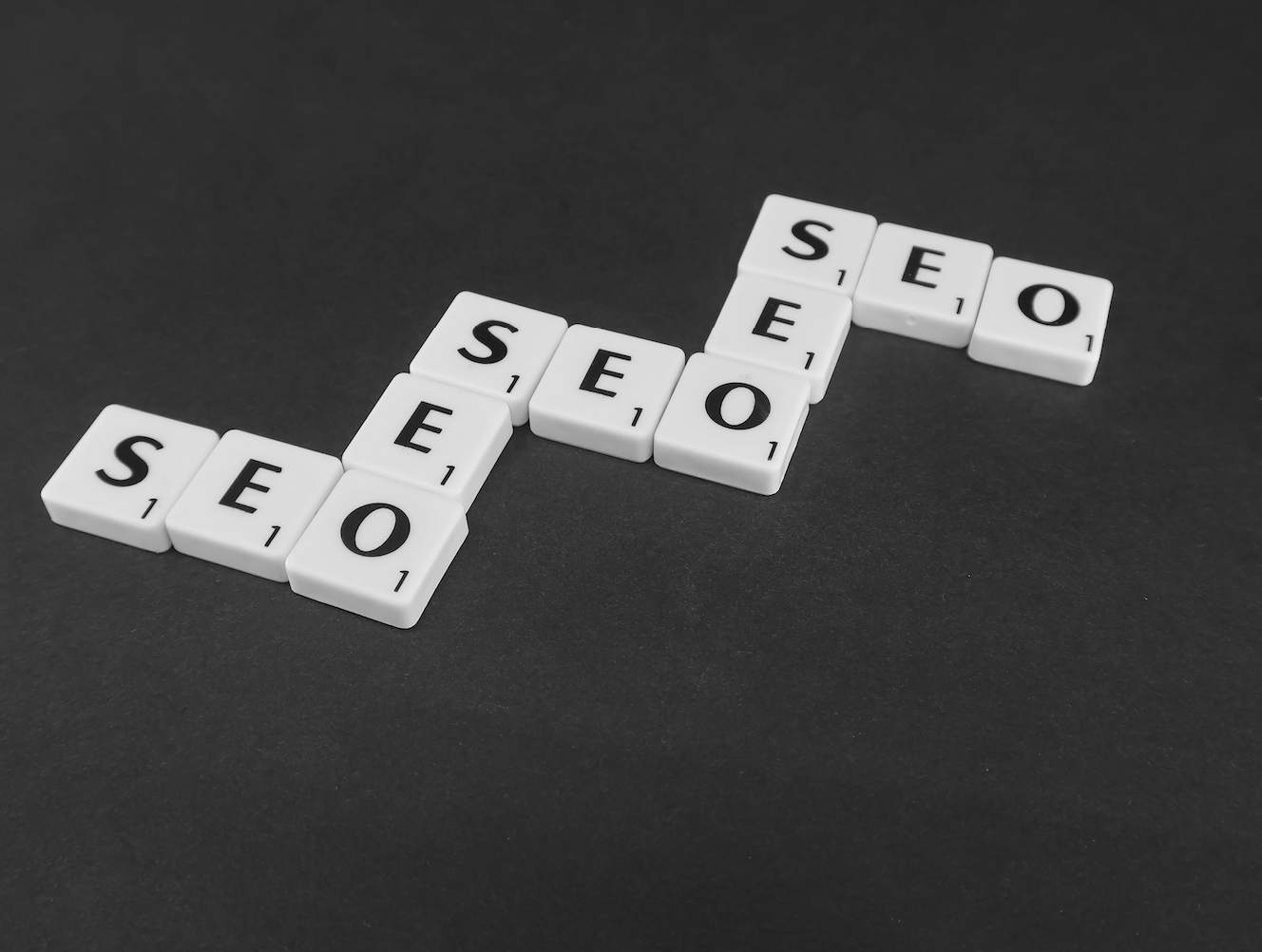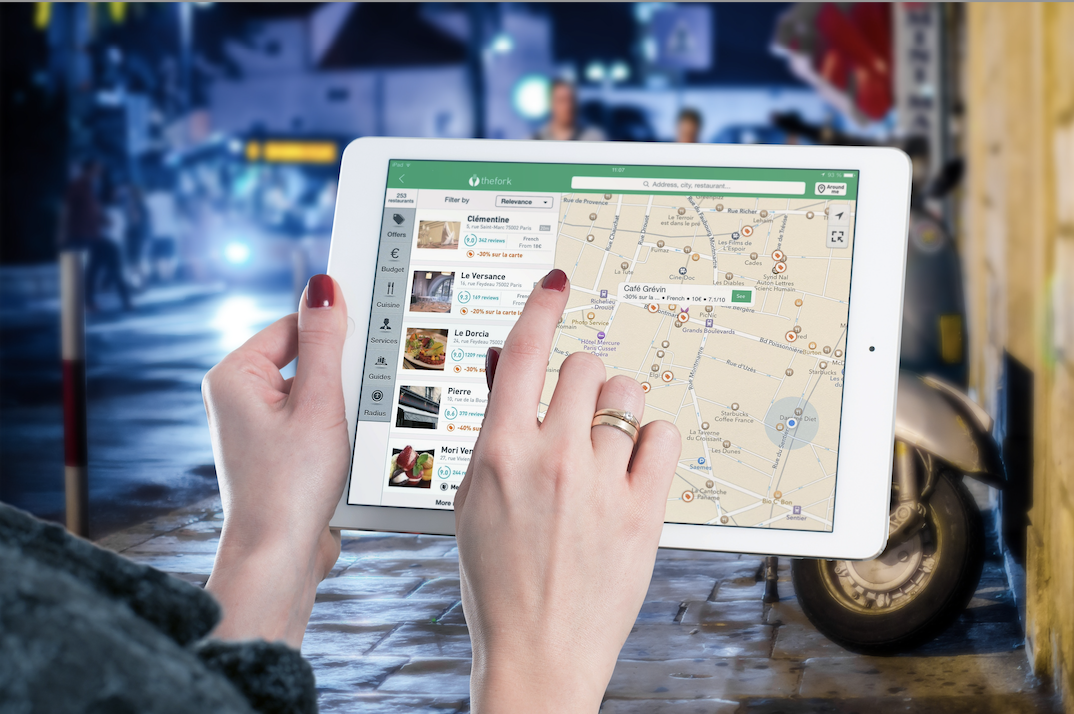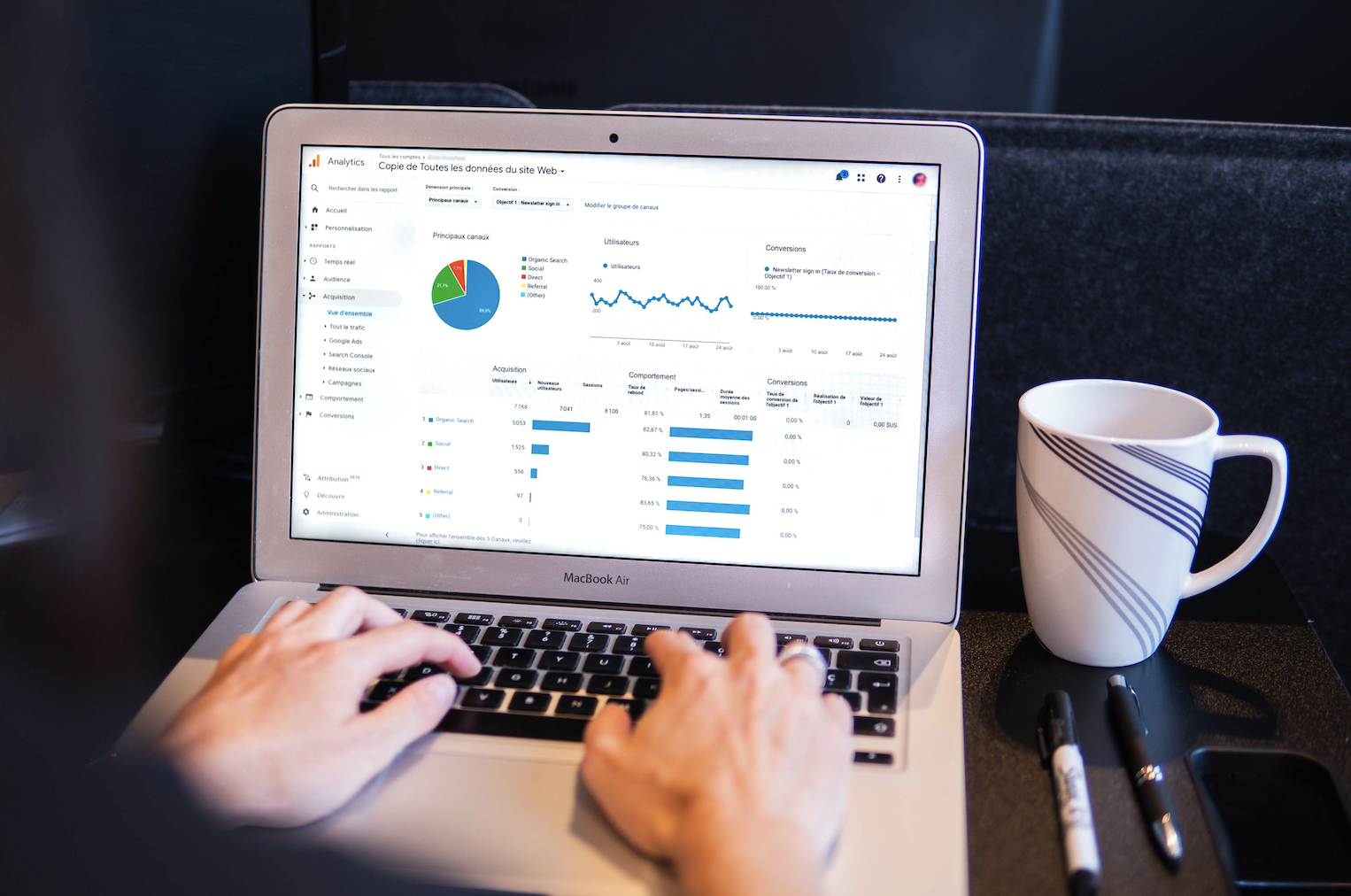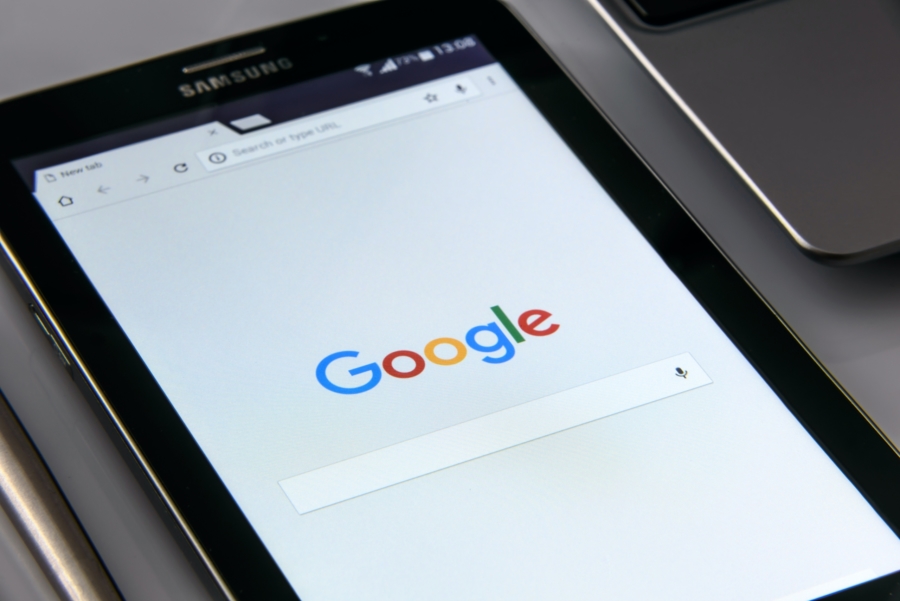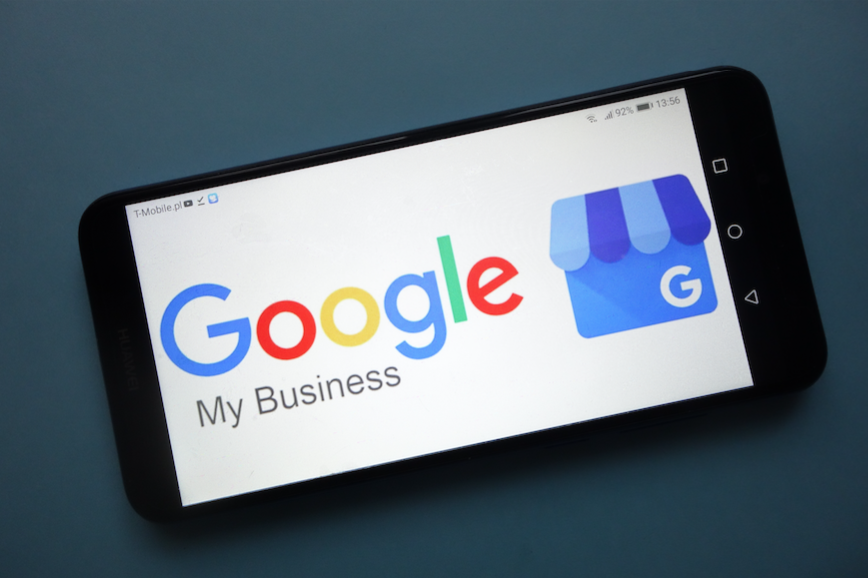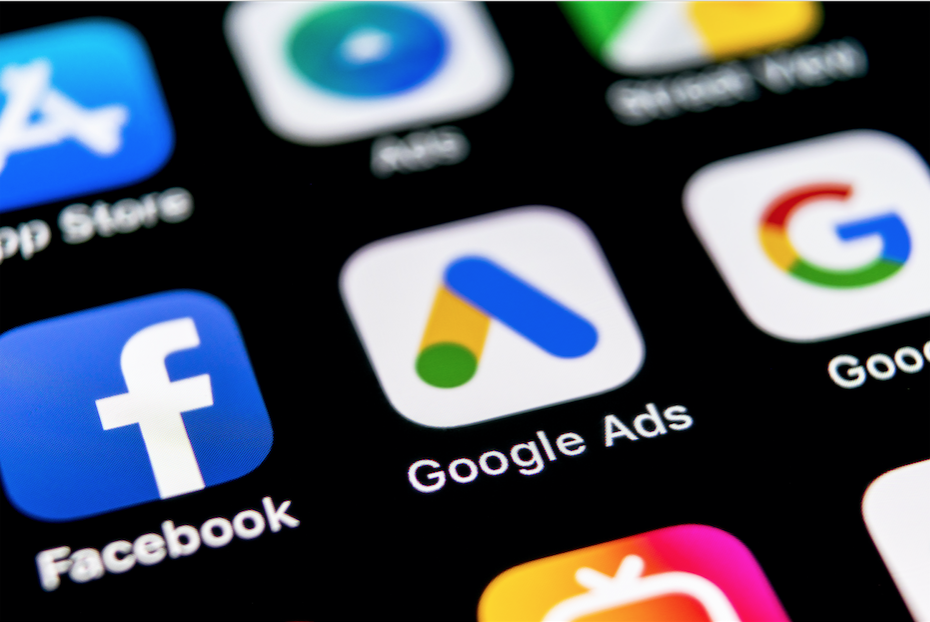As your trusted Google news source, here’s the latest update: Google is set to combine smart and standard display campaigns into a single option, announced yesterday Wednesday September 15th. And to add another change into the mix,
- Home
Search engine optimization, SEO, by definition is: a strategy in digital marketing which aims to improve your ranking on search engines. Sounds easy to conquer, but we all know it isn’t so simple. It’s extremely difficult to
Google Maps is one of the first things that people think of when you hear the phrase “local SEO.” When we think of any business that will have what I need, whether it’s furniture or food or
You heard it here first, Google is officially set to sunset their expanding text ads, or ETAs, in July of 2022. According to an announcement from Sylvanus Bent, Product Manager, Google Ads, advertisers will no longer be
Google now shows why it ranked a specific search result. The new 'About This Result' feature shows searchers information about some of these most important factors used by Google Search to connect results to their queries. (more…)
Do you feel like your business’s visibility on Google is lacking? If your business isn’t showing up for relevant searches in your area, it’s time to reevaluate your local SEO strategy, specifically your efforts on Google My
Google released new smart features and ways to buy ads on its different channels. Much like all other updates to Google Ads features, there will be learning curve with the new tools. Here is how you can
The behavior of customers has completely changed making local search relevant and on the map. More and more consumers realize the ease and opportunity of online search and purchase due to restrictions on movement in the pandemic


